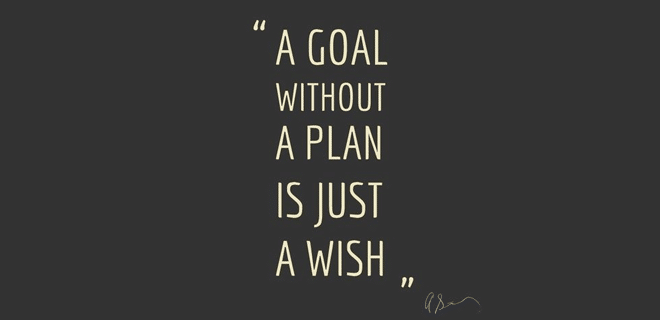As the saying goes, a goal without a plan is just a wish. The basis for a good design plan is a creative brief that outlines the background, the opportunity and the constraints that a creative solution has to incorporate.
“Just do something cool” gives the writer or designer free range to spend time developing a solution that doesn’t reach the right audience with the right message to ask for the right outcome. When the variables are defined, the solver is empowered to create an answer to the need, a solution to the problem.
“It’s the same audience as always” eliminates the opportunity to target the message to the needs of the potential buyer. Kurt Vonnegut’s best writing advice is “write to please just one person” and a successful brief will help define the characteristics of that ideal reader, listener and user.
Ad agencies and design shops rely on creative briefs to define a project and, most importantly, define the success of a solution. Without a shared understanding of the assignment scope, challenge and goal, judging the effort becomes purely subjective. The brief sets the bar.
This brief brief is adapted from creative naming expert Alexandra Watkins’ very readable and useful book “Hello, My Name is Awesome.”
- Goal: what do we want to accomplish
- In a nutshell: 140 characters describing the desired outcome
- Our marketplace position: (name) is the preferred choice for (users) seeking (features) for (situation) because (name) delivers/promises/offers (benefits)
- Consumer insights: behaviors not preferences, think beyond features and define accrued and subsequent benefits. A cup of herbal tea tastes good, but when it’s part of a fireside snuggle, it takes on a much larger meaning.
- Target audience: age, sex, situation, income, role
- Competition: for dollar, for audience, for image
- Desired brand experience: what will users feel, say, think
- Brand personality: 5 to 10 adjectives that describe the tone and style of your brand
- Also noted: anything else that’s important like critical dates, legal issues, approval process
Writing a brief is not simple or quick. It takes time, thought and deep understanding of your marketing challenges. The creative brief has to provide actionable information to be valuable, so make sure you are as specific with metrics and insight as possible.
Armed with a strategic, accurate brief, your creative team can focus on what’s important, possible and appropriate. And when they come back with draft solutions, you’ll literally be evaluating the work from the same page: the creative brief.

